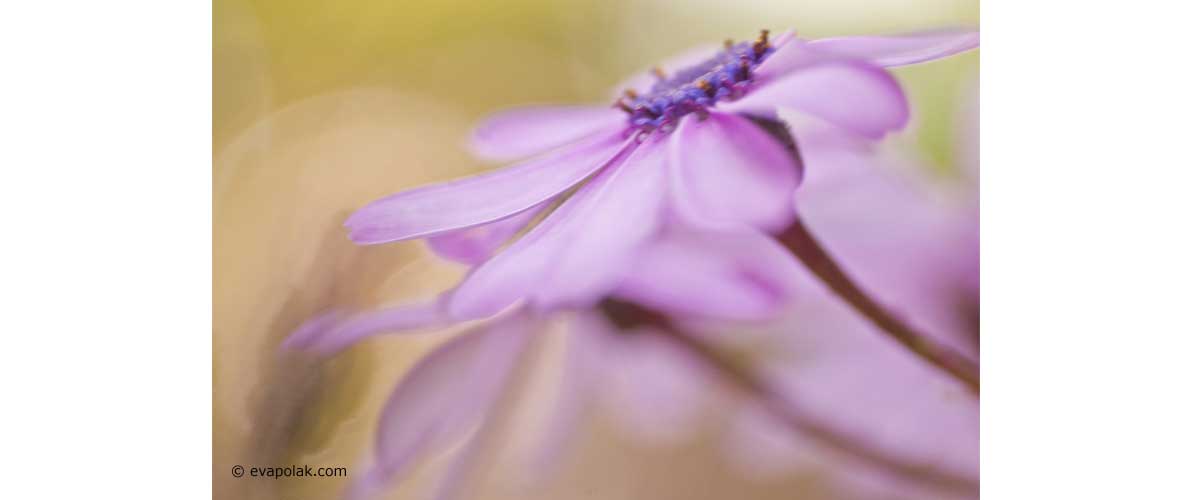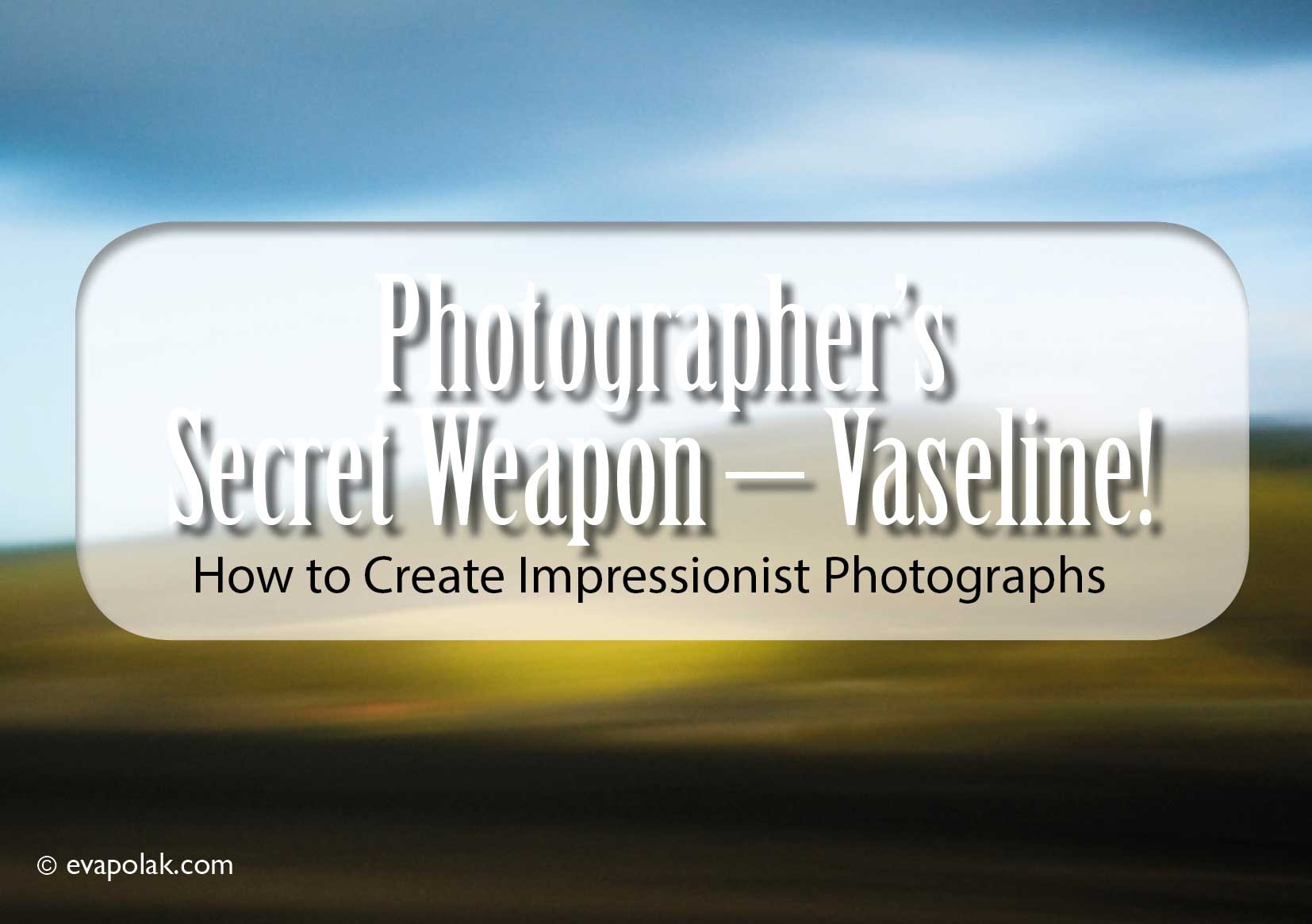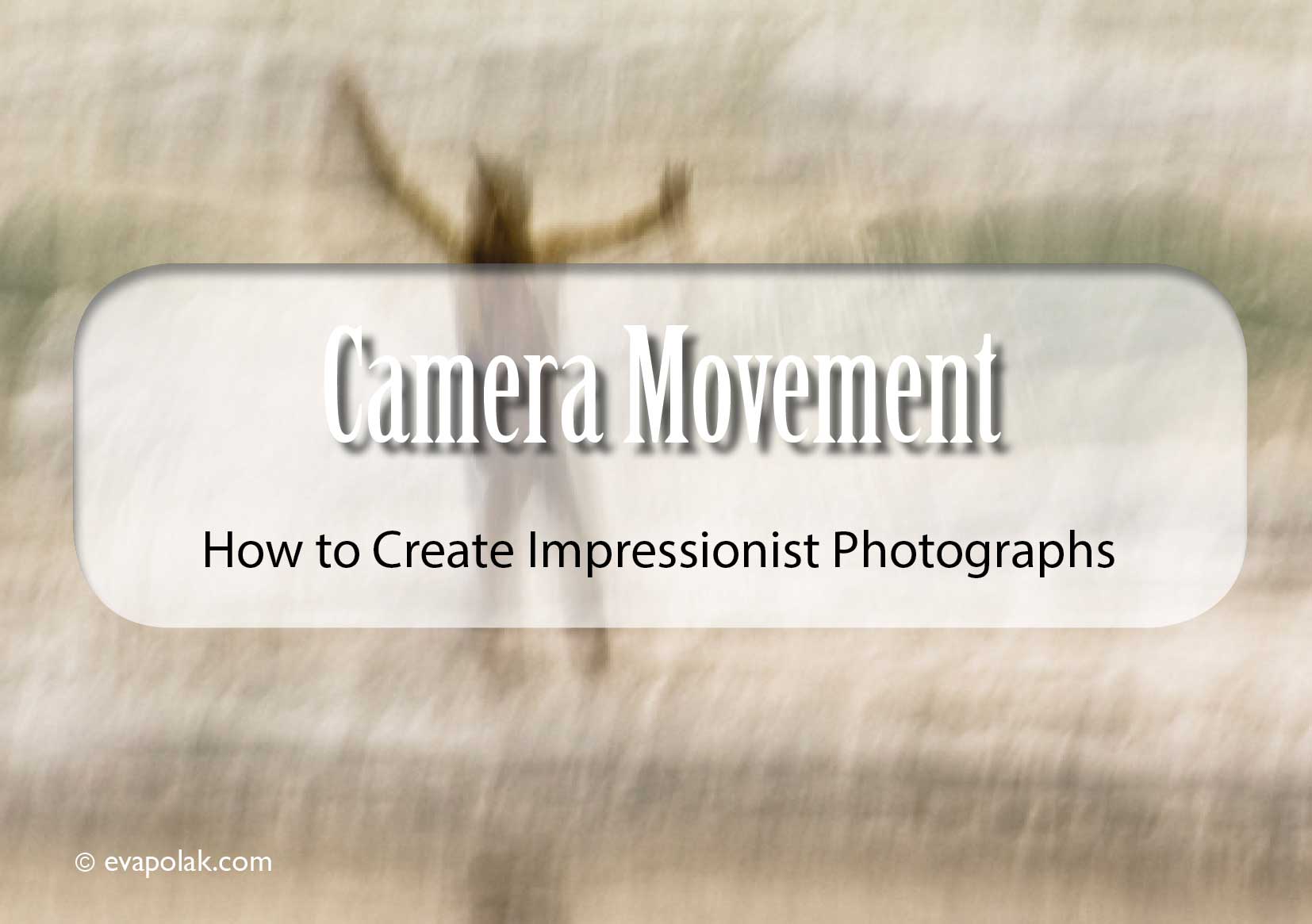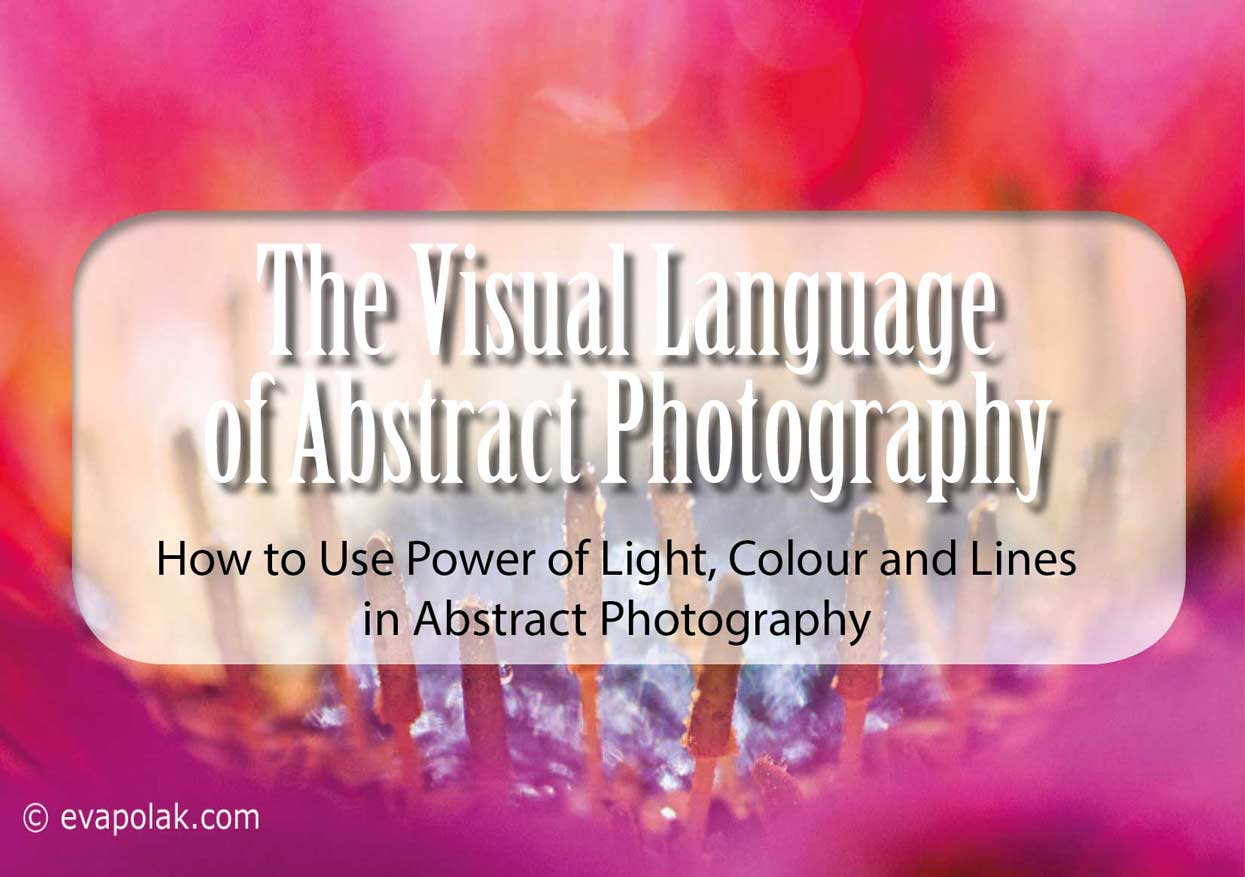There are so many methods of producing impressionist photography, including defocusing, panning, intentional camera movement, selective focus, burst zoom, etc... In fact, one technique even uses Vaseline on the lens (or filter for easier cleaning) to diffuse the light beautifully. Each technique offers a different experience, with its own particular strengths and challenges. The beauty of these techniques lies in their simplicity, and there is no need for expensive cameras or special gear. The only requirement is a camera with manual control settings and a photographer with a touch of creativity.
Part of impressionist photography's charm and freshness relies on allowing the light and lens to do what they do so well, but with a little guidance from us. Because we can see the effect in the viewfinder, our job is to simply find a strong composition and focus the lens in a right place.
You will need: Your camera with manual exposure control and a fast lens (1.8 - 2.8 works best).
Set your camera to aperture priority mode and choose your widest f-stop. Manual focusing works better, and it is easier to just move the camera slightly back and forth instead of rotating the lens focusing ring to get the right part of the image in focus. By shooting subjects either slightly or largely out of focus, you capture shapes of light, form, and striking colours.
The main goal is to produce painterly photographs that rely more on soft forms than on sharp details. Use lines, colour and basic shapes to create dynamic and interesting compositions.
The approach to this technique will vary from subject to subject. Find what works for you. In many ways you just have to trust your instincts and allow the light to guide you.
Points to Remember
- Have fun with your camera.
- Every lens will give you different results.
- By looking for interesting light instead of looking for interesting subjects you are on your way to creating better photographs.





